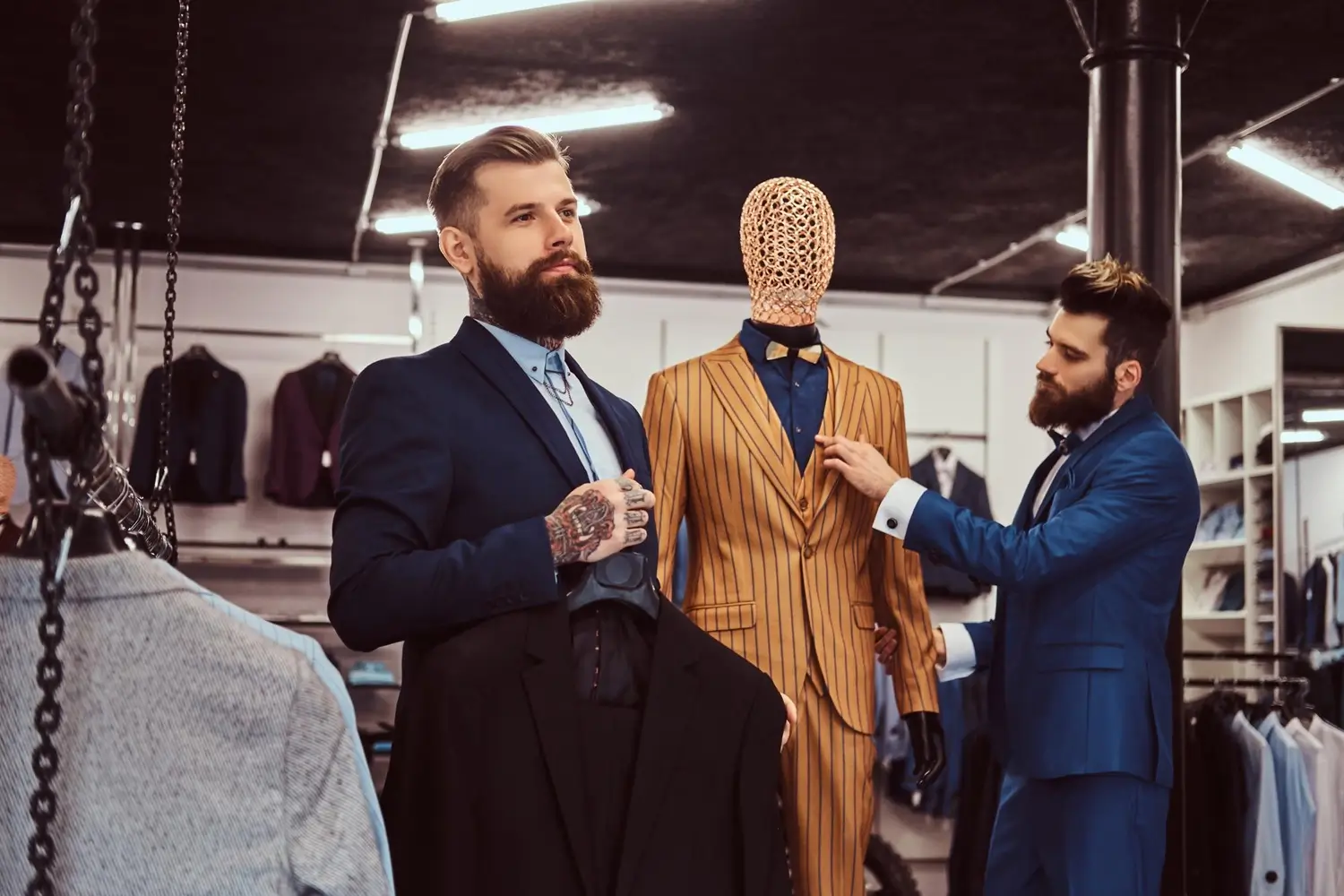Sportcoats, blazers, and suit jackets are three distinct types of men’s jackets, each with its own unique characteristics. While they may appear similar at first glance, there are key differences that set them apart in terms of style, formality, and intended use.
ABOUT SPORTS COAT
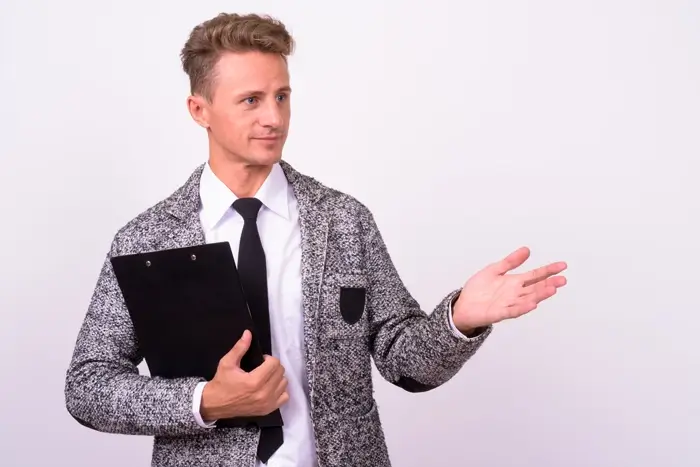
What Is A Sports Coat?
A sports coat, also known as a sports jacket, is a versatile garment designed for men. It is a lightweight, single-breasted jacket typically worn as part of a semi-formal or smart-casual ensemble. Sports coats are characterized by their structured shoulders, notched lapels, and often feature patch or flap pockets. They are intended to be worn with dress pants or tailored trousers, providing a polished and stylish look. Sports coats come in a variety of fabrics, colors, and patterns, making them suitable for a range of occasions, from business meetings to social events.
Types Of Sports Coats
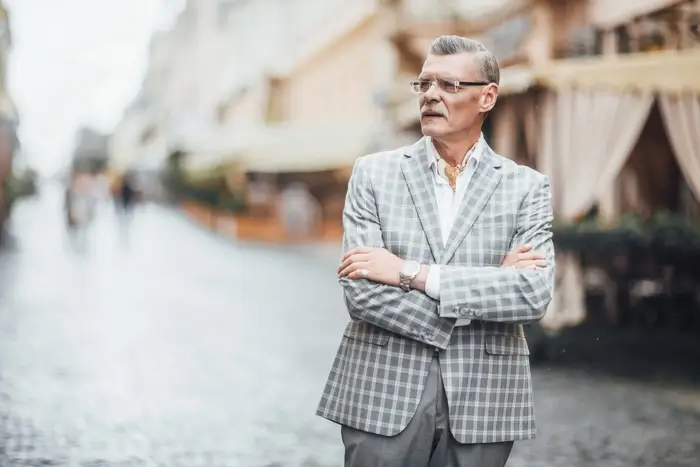
Sports coats, also known as sport jackets or blazers, come in various styles and designs. Here are some common types of sports coats:
Single-Breasted Sports Coat: This is the most traditional and versatile type of sports coat. It has a single row of buttons down the front and usually features notch lapels. Single-breasted sports coats can be worn for both formal and casual occasions.
Double-Breasted Sports Coat: Double-breasted sports coats have two rows of buttons on the front, with matching pair of overlapping flaps. They often have peaked lapels and a more formal appearance. Double-breasted sports coats are typically worn in more formal settings.
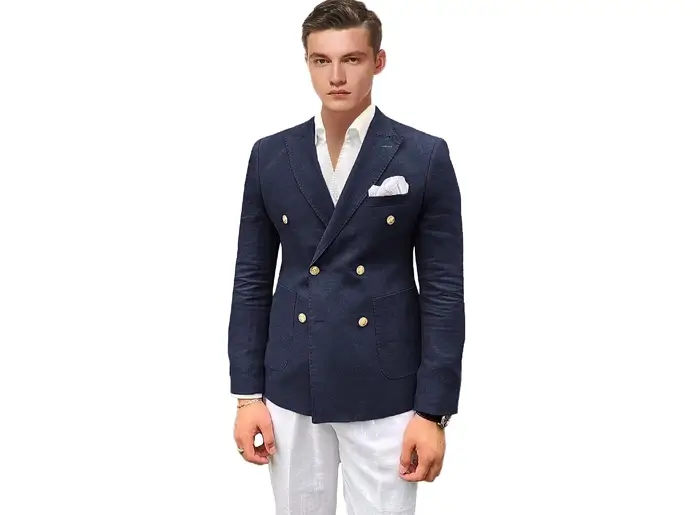
Tweed Sports Coat: Tweed sports coats are made from a durable and heavyweight woolen fabric called tweed. They are known for their rustic and textured appearance, making them suitable for outdoor and casual wear. Tweed sports coats often feature earthy colors and herringbone or houndstooth patterns.
Linen Sports Coat: Linen sports coats are perfect for warmer climates or summer occasions. They are made from lightweight and breathable linen fabric, which keeps you cool and comfortable. Linen sports coats usually come in lighter shades and have a more relaxed and casual look.
Velvet Sports Coat: Velvet sports coats add a touch of luxury and elegance to your outfit. They are made from velvet fabric, which has a soft and plush feel. Velvet sports coats are typically worn for formal or semi-formal occasions and are available in rich colors like burgundy, navy, or black.
Patterned Sports Coat: Patterned sports coats can come in various designs, such as windowpane, plaid, checkered, or pinstriped. These patterns add visual interest to the garment and can be worn for different occasions depending on the formality of the pattern and the overall style of the coat.
Fabrics Used In Men’s Sport Coats
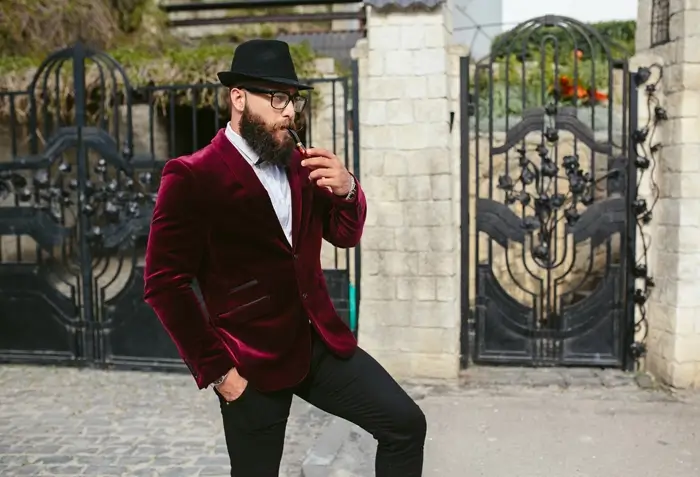
Men’s sport coats are crafted from various fabrics, each offering unique characteristics and style. One popular fabric is wool, known for its warmth, durability, and luxurious feel. Wool sport coats are suitable for colder seasons and formal occasions, providing a sophisticated and elegant look. Another common fabric is tweed, a coarse woolen material that adds a rugged and rustic charm to sport coats. Tweed coats are often favored for outdoor activities due to their durability. For warmer climates, linen and cotton are popular choices. Linen sport coats offer breathability and a lightweight feel, perfect for summer events. Cotton sport coats are versatile and comfortable, providing a more casual and relaxed look.
Additionally, blends of synthetic fibers like polyester or rayon are used to create sport coats with enhanced durability, wrinkle resistance, and ease of care. These fabrics offer practicality and are often used in sport coats designed for active lifestyles or travel. The choice of fabric plays a crucial role in determining the comfort, style, and functionality of men’s sport coats, allowing individuals to find the perfect balance between fashion and practicality.
Common Colors In Sport coats For Men

Men’s sports jackets come in a wide range of colors, each offering its own style and versatility. Some of the most common colors found in sports jackets for men include navy blue, charcoal gray, and black. These classic colors are timeless and can be easily paired with various outfits, making them versatile choices for both formal and casual occasions.
In addition to the neutrals, earthy tones such as brown, olive green, and tan are popular choices for sports jackets. These colors provide a more rustic and outdoorsy appeal, making them ideal for a relaxed and casual look.
For those seeking a bolder statement, shades of blue, such as royal blue or cobalt, can add a pop of color to a sports jacket. Burgundy and deep reds are also gaining popularity as rich, sophisticated choices for men’s sports jackets.
Ultimately, the choice of color depends on personal preference, occasion, and individual style. Whether opting for a classic neutral or a vibrant hue, men can find a sports jacket in a color that complements their wardrobe and expresses their personality.
How To Style Sports Coats

Styling sports coats allows men to elevate their outfits with a touch of sophistication and versatility. Here are some tips on how to style sports coats:
- Pair with tailored trousers: Choose a well-fitted pair of trousers in a complementary color to create a polished and coordinated look. Opt for neutral colors like gray, navy, or khaki for a classic combination.
- Dress up with a shirt and tie: Pair the sports coat with a crisp dress shirt and a coordinating tie for a more formal and professional look. This ensemble is perfect for business meetings or special events.
- Dress down with a casual shirt: For a more relaxed and casual vibe, wear the sports coat with a casual shirt, such as a well-fitted polo or a chambray shirt. This combination works well for social gatherings or weekend outings.
- Consider the footwear: Choose footwear that complements the overall outfit. For a formal look, opt for dress shoes like oxfords or loafers. For a casual look, go for suede loafers, boots, or clean white sneakers.
- Pay attention to accessories: Enhance the overall style with carefully chosen accessories. Consider adding a pocket square, a stylish watch, or a statement belt to complete the look.
Remember to consider the occasion and dress code when styling sports coats. With these tips, men can create various looks ranging from formal to business casual, showcasing their personal style and making a fashion statement with their sports coat.
ALL ABOUT BLAZER
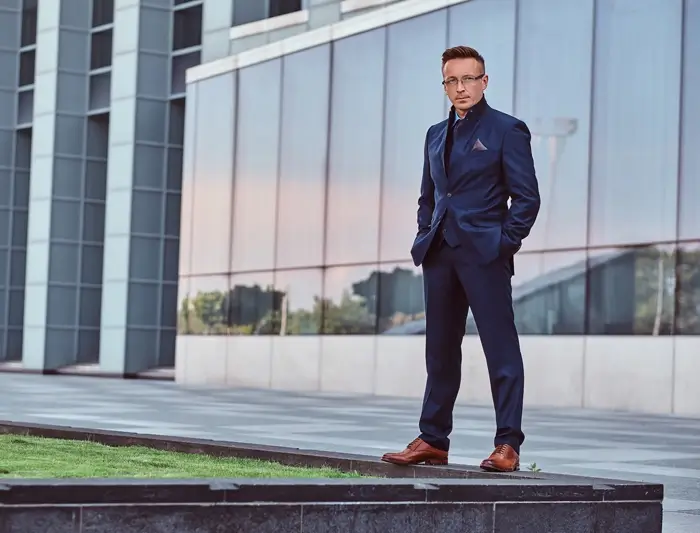
What Is A Blazer?
A blazer is a classic and versatile jacket that adds style and sophistication to both men’s and women’s wardrobes. It is a tailored, single-breasted jacket that is similar to a suit jacket but typically more casual in nature. Blazers are typically solid in color and feature structured shoulders, notched lapels, and contrasting metal buttons. They are commonly made from high-quality fabrics like wool, tweed, or cotton.
Blazers can be dressed up or down depending on the occasion. They can be worn with dress pants or skirts for a formal or business look, or paired with jeans or chinos for a more casual and polished outfit. Blazers are often chosen for their ability to elevate an ensemble, adding a touch of sophistication and refinement.
The versatility of blazers makes them suitable for a variety of settings, from professional meetings to social gatherings. They are a wardrobe staple that effortlessly combines style and functionality, making them a go-to choice for individuals seeking a polished and timeless look.
Types Of Blazer

Blazers are versatile jackets that come in various types, each with its own distinct style and purpose. Firstly, there are classic single-breasted blazers, which are the most common and versatile option. They typically have notched lapels and two or three buttons, suitable for both formal and casual occasions.
Secondly, double-breasted blazers feature overlapping front flaps and two parallel columns of buttons. They are known for their more formal and sophisticated appearance, often seen in business or formal settings.
Furthermore, there are patterned blazers, which add a touch of personality and flair to an outfit. These can include plaid, checkered, herringbone, or pinstripe patterns, offering a more eye-catching and statement look.
In addition, there are casual blazers made from lightweight fabrics like linen or cotton. These blazers are perfect for relaxed settings and warmer weather, providing comfort and a more laid-back aesthetic.
Lastly, there are specialized blazers such as velvet blazers or leather blazers. Velvet blazers add a luxurious and elegant touch, suitable for formal occasions. Leather blazers offer a more edgy and contemporary look, often favored in fashion-forward settings.
Overall, blazers come in a variety of types, allowing individuals to find the perfect style that suits their personal preference and the occasion. Whether it’s a classic single-breasted blazer, a patterned statement piece, or a specialized material, blazers are versatile garments that elevate any outfit with sophistication and style.
Fabrics Used In Blazers
Blazers are crafted from a range of fabrics, each with its own unique characteristics and style. Commonly used fabrics in blazers include:
Wool: Wool is a classic choice for blazers due to its durability, warmth, and refined appearance. It comes in various weights and weaves, making it suitable for different seasons.
Cotton: Cotton blazers are lightweight, breathable, and comfortable. They are perfect for warmer weather and offer a more casual and relaxed look.
Linen: Linen blazers are renowned for their exceptional breathability and lightweight feel. They have a relaxed and effortlessly stylish look, ideal for summer occasions.
Tweed: Tweed blazers are made from coarse wool, offering a rugged and textured appearance. They provide warmth and durability, making them suitable for colder seasons.
Velvet: Velvet blazers exude luxury and elegance. The soft and plush fabric is perfect for formal events and adds a touch of sophistication to any outfit.
Blazers can also be made from blends of fabrics, such as wool-cotton blends or polyester blends, to combine the advantages of different materials. The choice of fabric contributes to the overall style, comfort, and versatility of a blazer.
Colors To Consider For A Blazer
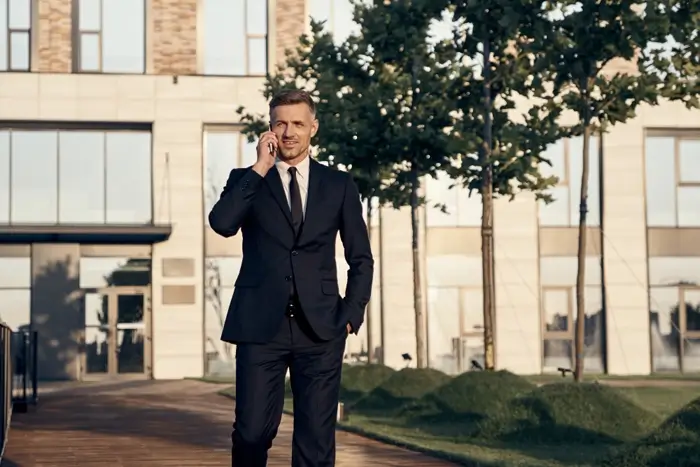
When selecting a blazer, considering the right color is crucial for achieving a desired look and versatility. Here are some colors to consider:
Navy Blue: Navy blue is a timeless and versatile choice for a blazer. It pairs well with a variety of colors and can be dressed up or down for different occasions.
Charcoal Gray: Charcoal gray is a sophisticated and elegant color that works well for formal or professional settings. It offers a refined and polished look.
Black: Black blazers are classic and can be worn for both formal and casual occasions. They provide a sleek and sharp appearance.
Tan or Beige: Tan or beige blazers are perfect for achieving a more relaxed and casual style. They work well with lighter-colored trousers or jeans.
Burgundy or Deep Red: These rich, bold colors can add a statement and a touch of personality to an outfit. They work well for social or evening events.
Remember to choose a color that complements your skin tone and existing wardrobe, ensuring versatility and coordination with different outfits.
Styling Blazer Jackets

Styling blazer jackets can be a fun and creative process. It offers endless possibilities to create fashionable and sophisticated outfits. Here are some tips for styling blazers:
- Dress up with a dress shirt and trousers: Pair your blazer with a crisp, tailored dress shirt and well-fitted trousers. Opt for neutral colors like white, light blue, or gray for a classic and polished look.
- Go casual with a t-shirt and jeans: For a more relaxed vibe, pair your blazer with a quality t-shirt and dark-wash jeans. This combination strikes a balance between casual and refined, perfect for casual outings or social gatherings.
- Layer with a sweater or cardigan: Add depth and texture to your outfit by layering your blazer with a lightweight sweater or cardigan. This combination is ideal for cooler weather and adds a touch of sophistication to your ensemble.
- Experiment with patterns and textures: Explore blazers with different patterns and textures like plaid, herringbone, or velvet. These details can elevate your outfit and make a stylish statement.
- Accessorize thoughtfully: Complete your blazer look with the right accessories. Consider adding a pocket square, a stylish tie or bowtie, a watch, or a statement belt. Accessories can enhance your overall style and add a personal touch.
Remember, the key to styling a blazer jacket is to find a balance between formality and personal style. Experiment with different combinations, colors, and patterns to create unique and versatile outfits that suit various occasions.
THE SUIT JACKET
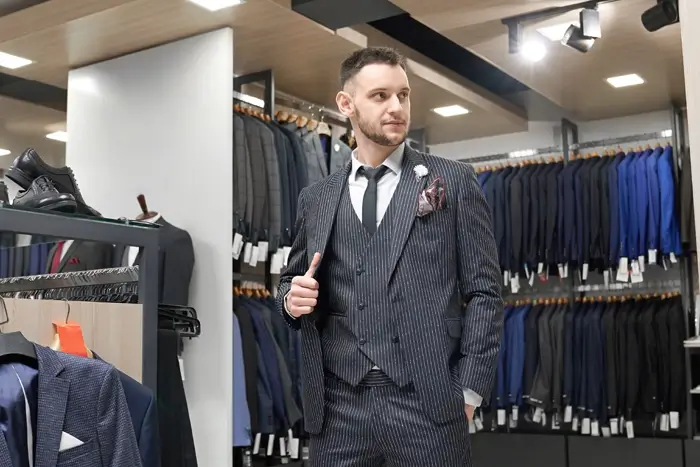
What Is A Suit Jacket
A suit jacket is a tailored, formal jacket that is part of a matching set with suit trousers. It is a key component of a traditional two- or three-piece suit worn by both men and women. A traditional suit jacket is designed to be worn in formal or business settings and is characterized by its structured shoulders, notched lapels, and a buttoned front. It is typically made from fine fabrics such as wool, tweed, or cotton.
Unlike sports coats or blazers, which can be worn with various pants or jeans, a suit jacket is specifically tailored to match the corresponding suit trousers. The purpose of a suit jacket is to create a cohesive, professional look when worn together with the suit trousers. It is an essential element for formal occasions, business meetings, or any event that requires a more polished and elegant appearance.
Types Of Suit Jackets

Suit jackets come in different styles and variations, allowing individuals to choose the one that suits their preference and occasion. Here are some common types of suit jackets:
Single-breasted suit jacket: This is the most common and versatile type of suit jacket. It features a single row of buttons, typically two or three, and a notched lapel. It can be worn for both formal and semi-formal occasions.
Double-breasted suit jacket: Double-breasted jackets have overlapping front flaps and two parallel columns of buttons. They offer a more formal and structured look and are often associated with classic elegance.
Peak lapel suit jacket: This style of suit jacket has lapels that point upwards and outwards at the edges, creating a distinctive “peak.” It adds a touch of formality and sophistication to the overall look.
Shawl lapel suit jacket: The shawl lapel is a smooth and rounded lapel style without any notches or points. People commonly use to wear suit jackets with tuxedos because it offers a more elegant and luxurious aesthetic.
These are just a few examples of suit jacket styles and variations, and there may be other styles that cater to specific tastes or trends. Ultimately, the choice of suit jacket depends on personal preference, the occasion, and the desired level of formality.
WHAT FABRICS ARE USED IN A SUIT JACKET?
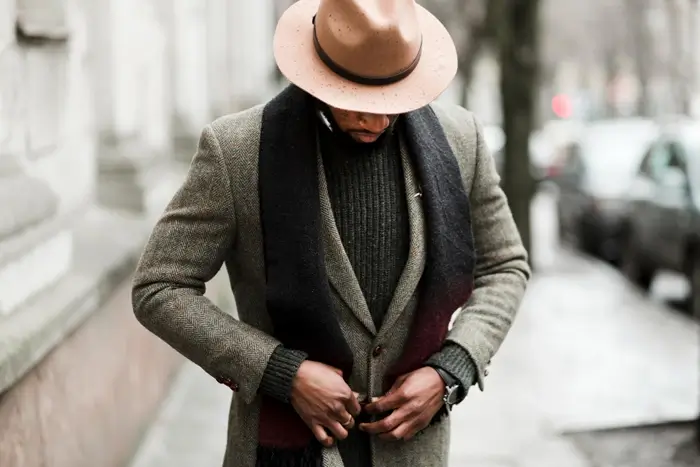
Suit jackets are crafted from a variety of fabrics, each offering unique characteristics and aesthetics. Here are some common fabrics used in suit jackets:
Wool: Wool is the most popular and traditional fabric for suit jackets. It is highly regarded for its durability, breathability, and natural wrinkle resistance. Wool suits are available in different weights and weaves, such as worsted wool, flannel, or tweed, allowing for versatility across seasons.
Cotton: Cotton is a versatile fabric that offers comfort and breathability. Cotton suit jackets are often worn in warmer climates or for a more relaxed and casual look.
Linen: Linen is a lightweight and breathable fabric, perfect for summer suit jackets. It has a relaxed and textured appearance, adding a touch of casual elegance to the outfit.
Tweed: Tweed is a durable and textured fabric that provides warmth and is often associated with traditional and country-style suits. It is commonly worn in colder seasons.
Silk: Silk is a luxurious fabric that adds elegance and a smooth texture to suit jackets. It is commonly used in more formal wear and special occasion suits.
These are just a few examples of fabrics used in suit jackets, and there may be other blends or specialty fabrics available. The choice of fabric depends on factors such as climate, occasion, and personal preference, ensuring both style and comfort in a suit jacket.
What Colors Are Good For Suit Jackets?

When choosing colors for suit jackets, it is essential to consider versatility, occasion, and personal style. Here are some popular and timeless color options for suit jackets:
- Navy Blue: Navy blue is a classic and versatile choice. It is suitable for both formal and semi-formal occasions and pairs well with a variety of shirt and tie combinations.
- Charcoal Gray: Charcoal gray exudes elegance and sophistication. It is a versatile color that can be worn for business settings, weddings, or other formal events.
- Black: Black is a timeless and formal color choice for suit jackets. It is commonly worn for formal events or evening occasions, projecting a sleek and polished look.
- Light Gray: Light gray suits are perfect for spring and summer occasions. They offer a softer and more relaxed appearance while still maintaining a professional appeal.
- Khaki or Beige: Khaki or beige suits are ideal for a more casual or outdoor setting. They give a fresh and relaxed look, suitable for daytime events or less formal occasions.
Ultimately, the best color for a suit jacket depends on the desired formality, personal style, and the event’s specific requirements. It’s essential to choose a color that complements the wearer’s complexion and can be easily paired with other wardrobe items.
How Do I Style A Suit Jacket?
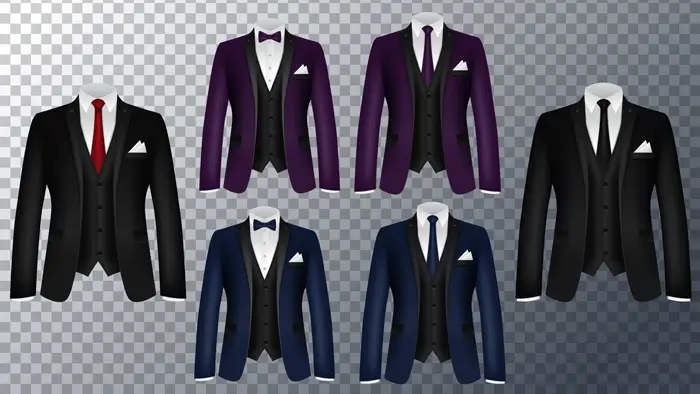
Styling a suit jacket allows you to create a polished and sophisticated look. Here are some tips on how to style a suit jacket:
- Pair it with matching suit trousers: The most classic and formal way to style a suit jacket is to wear it with the corresponding suit trousers. Ensure they fit well and have a matching color and fabric.
- Add a dress shirt and tie: Pair your suit jacket with a crisp, well-fitted dress shirt in a complementary color. Add a tie that complements the suit and shirt combination. This ensemble is perfect for formal occasions and business settings.
- Dress it down with chinos or jeans: For a more relaxed and modern look, wear your suit jacket with a pair of chinos or dark-wash jeans. Opt for a more casual shirt, such as a button-down or a polo, to complete the outfit.
- Accessorize thoughtfully: Enhance your suit jacket’s look by adding accessories like a pocket square, a stylish watch, or cufflinks. Choose accessories that match the occasion and reflect your personal style.
- Pay attention to fit: Ensure your suit jacket fits properly. It should be tailored to your body shape, with the shoulder seams hitting at the right spot and the sleeves reaching the base of your wrists.
Remember, the key to styling a suit jacket is to strike a balance between formality and personal style. Whether it’s for a formal event or a more casual setting, a suit jacket adds a touch of elegance and refinement to your outfit.
WHY SHOULD TYPES OF JACKETS MATTER?

Understanding the different types of jackets is important because it allows individuals to make informed fashion choices that suit their style, occasion, and personal preferences. Here are a few reasons why knowing the types of jackets matters:
- Style and Versatility: Different jackets have distinct styles and functionalities, allowing individuals to express their personal style and create versatile outfits for various occasions.
- Occasion Appropriateness: Knowing the appropriate jacket for different events or dress codes ensures that one dresses appropriately and avoids any fashion faux pas.
- Comfort and Functionality: Different jackets are designed for specific purposes, such as protection from the weather or providing insulation. Choosing the right type of jacket ensures both comfort and functionality.
- Investment Value: Understanding the different types of jackets helps in making wise fashion investments. By selecting timeless and versatile styles, individuals can build a wardrobe of jackets that stand the test of time.
Ultimately, being aware of the types of jackets allows individuals to make confident fashion choices, ensuring that they are both stylish and appropriate for the given context.
SPORT COAT VS BLAZER VS SUIT JACKET: What Are The Differences?

Sport coats, suit jackets, and blazers are all types of jackets, but they have distinct characteristics that set them apart from one another. Understanding the differences can help individuals choose the right jacket for the occasion.
A sport coat is a more casual jacket, typically made of heavier fabrics like tweed or herringbone. It often features more relaxed construction, patch pockets, and sometimes elbow patches. Sport coats are designed for informal settings and can be paired with a variety of pants, including jeans.
On the other hand, a suit jacket is part of a matched suit set, consisting of a jacket and trousers made from the same fabric. It is more formal and structured, often worn for business or formal events. Suit jackets should be worn with their matching trousers to create a complete suit. The color and pattern of the suit should be cohesive and appropriate for the occasion.
A blazer, while similar to a suit jacket in structure, is a standalone jacket. It is typically made from durable materials like wool and features metal buttons and a contrasting color or pattern. Blazers offer versatility, as they can be dressed up or down, making them suitable for both formal and casual occasions.
In summary, sport coats are the most casual and unstructured, suit jackets are the most formal and tailored, and blazers fall in between with a balance of structure and versatility. Understanding the differences between these jackets helps you choose the appropriate option for the occasion and achieve the desired style.

